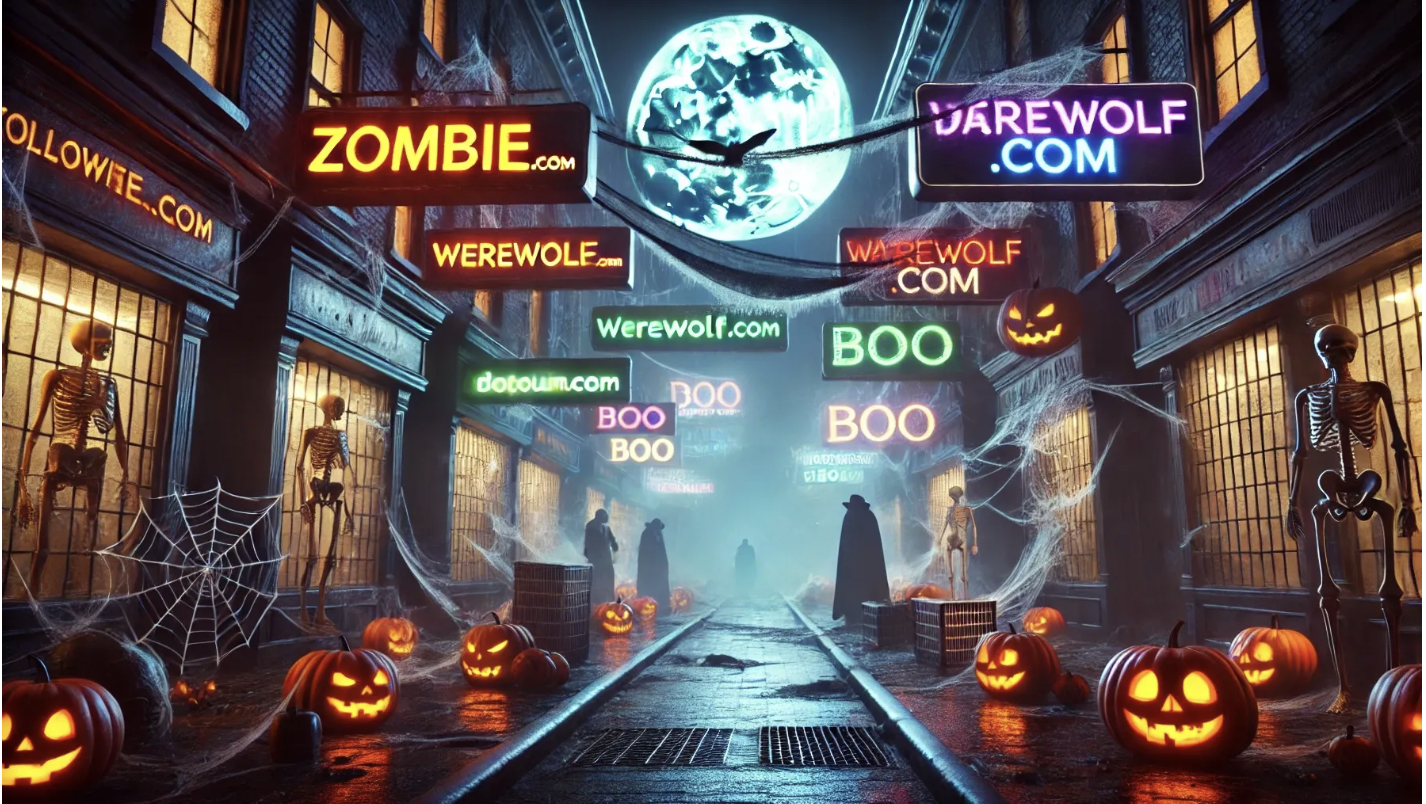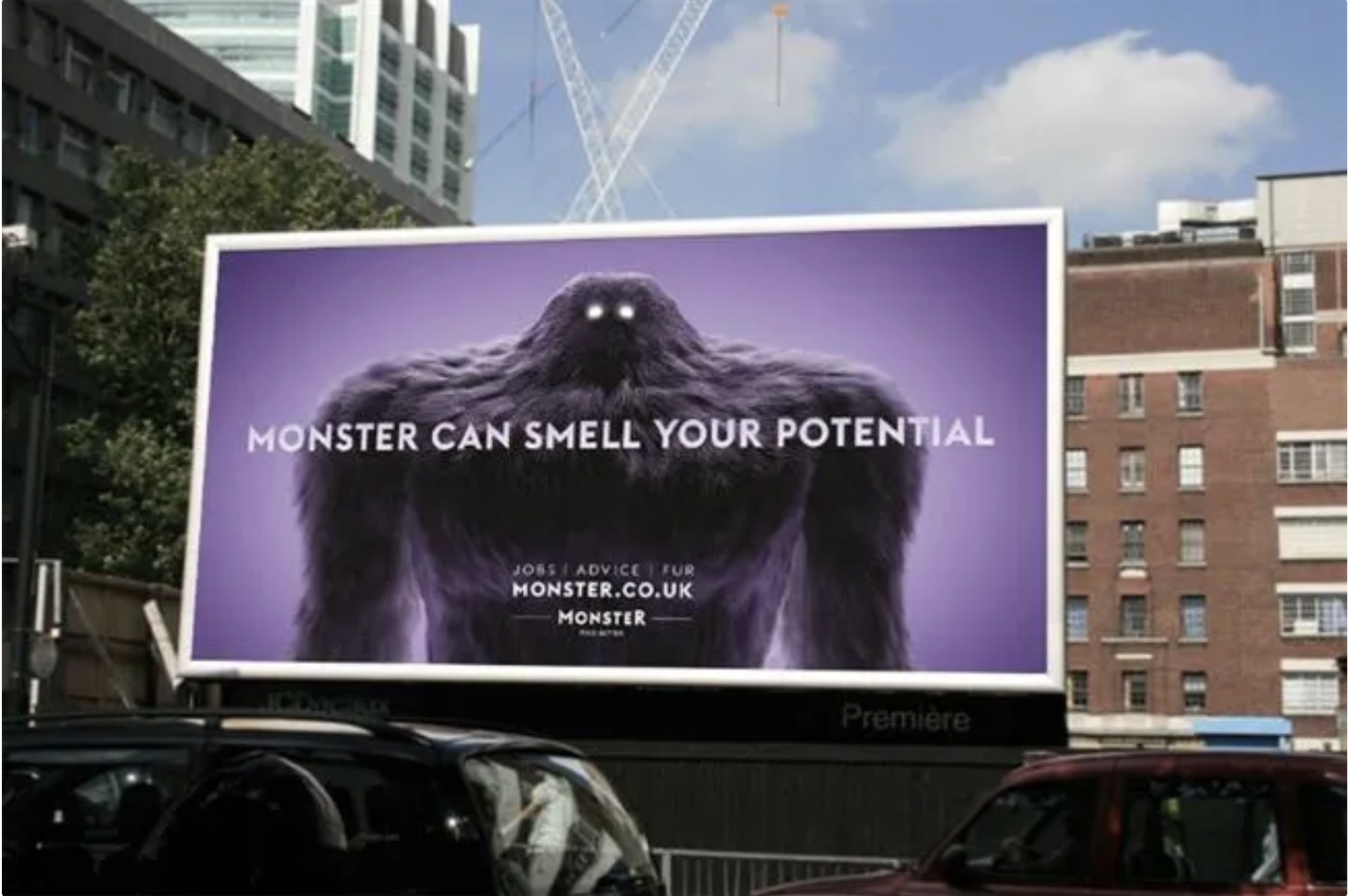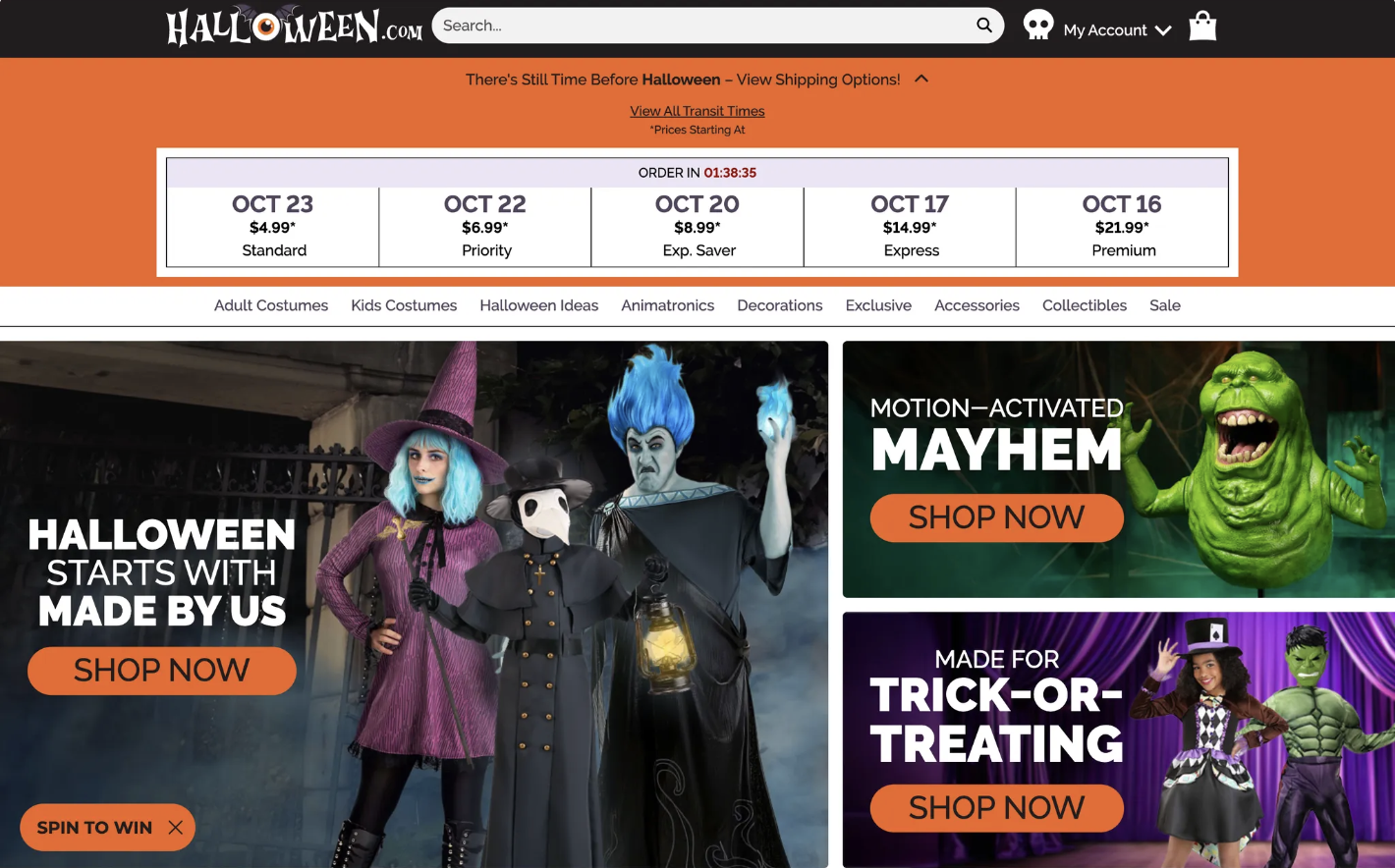The Haunted Web: Why the Best Halloween Domains Became Ghost Towns

Try visiting Werewolf.com, Zombie.com, or Goblin.com and you’ll find…almost nothing. No grand horror brand, no blood-curdling startup. Just parked pages that feel more like tombstones than websites.
The internet is full of these forgotten domains….eerie, evocative, and loaded with potential. Each one sounds like it should have become something big, but most never did.
They sit in the shadows of the web, quietly owned yet rarely used, like haunted houses with the lights off.
Boo.com: The Startup That Vanished Overnight
Before Shopify or social media, a group of Swedish founders tried to build the future of online fashion.
Their idea, launched in 1998, was Boo.com, an ambitious digital shopping experience where users could spin 3D clothing models and chat with a virtual assistant. It sounded futuristic, and investors were spellbound.
More than $130 million poured in within 18 months. But when the site finally launched in late 1999, the tech collapsed under its own ambition. Most people were still on dial-up, and pages took minutes to load. The experience felt cursed.
By May 2000, Boo.com was bankrupt. Its brand was sold, its technology was auctioned off, and its once-hyped domain began to wander the web like a restless ghost. Boo.com remains one of the great cautionary tales of the dot-com era; a perfect name that died too soon.

The Spooky Neighborhood of the Internet
Beyond Boo.com, there’s a strange neighborhood of domains that feel destined for Halloween but never found their life.
Some became something else entirely.
Bones.com, for example, belongs to Bones Bearings, a legendary skateboard company founded in 1978. It’s a cornerstone of skating culture.

Monster.com might sound like a bit of a weird name for a job board, but it originally started as The Monster Board (Monsterboard.com). From its founding in 1999 until today, the company has been through a number of mergers and acquisitions to become one of the biggest job marketplaces in the world.

And Halloween.com fulfills its destiny every October as a bustling costume and party hub, linking shoppers to everything from wigs to fog machines.

Even Tombstone.com found a niche. It is used by Tombstone Pizza, which calls itself “The Official Pizza of Halloween.” The brand leans into spooky themes during October, putting skeletons, werewolves, and jack-o-lanterns on limited edition packaging. It treats its domain like a haunted billboard each fall.

And then there are the strange ones.
Ghost.com and Cobweb.com both lead to IT service companies — practical businesses with names that sound accidentally haunted. It’s a kind of poetic mismatch: the supernatural repurposed for the mundane.
But most of their neighbors? Silent.
Coffin.com (for sale at $1M) and Graveyard.com (Digimedia) are as lifeless as their names suggest.
Dracula.com and Frankenstein.com sound like blockbuster sites, but both are zombies, waiting for someone brave enough to revive them.
Fright.com, Scary.com, Creepy.com, and Terror.com could have become streaming platforms like Shudder.com, social networks, or Halloween campaign centers, yet all sit dormant.
Pumpkin.com and Mummy.com (both Digimedia) have friendly, universal appeal, but remain little more than placeholders.
Skeleton.com and Haunted.com feel cinematic, though they too are graveyards.
Together, these domains form the web’s ultimate haunted district: a collection of perfect names that should have become stories but never did.
Why So Many Great Domains Went Dark
These names weren’t overlooked, they were captured.
Most were bought decades ago by investors, parked as digital real estate, and left to gather dust. And, the reasons are familiar.
- Speculation froze them. Investors bought early, betting on future value that never materialized. Or they’re still waiting for offers they think are commensurate with the value of these names.
- Trademarks complicated things. Names like Dracula.com or Frankenstein.com brush against powerful copyrights.
- Seasonality limited ambition. Halloween lasts a few weeks, not a fiscal year.
And most importantly, creativity lost momentum. Owning a perfect name doesn’t guarantee a great idea.
What’s left is a graveyard of potential; prime domains with no pulse.
How to Bring the Web’s Ghosts Back to Life
There’s still magic in these names. A Halloween domain doesn’t need to be a full-time business. It can be a seasonal campaign, a playful experiment, or a limited edition idea that returns each October.
- Start small. A one-page site on Spooky.com could host “13 Nights of Classic Horror,” linking to film marathons and playlists.
- Use clever redirects. A retailer could point Creepy.com to its Halloween sale each year.
- Build micro brands. TrickOrTreat.com could become a digital marketplace for independent candy makers or costume creators.
- Expand the mood. Pumpkin.com could grow into a cozy fall lifestyle brand. Coffin.com could sell gothic home goods.
- Collaborate creatively. Leasing or co-developing domains like Haunted.com or Ghoul.com could turn old assets into seasonal stages for new voices.
Even Boo.com was undone by too much, too fast. The trick is smaller, smarter, more spirited.
A Quiet Lesson from the Haunted Web
The Halloween internet should be a carnival of creativity, yet most of its prime real estate sits in silence. Boo.com shows what happens when ambition burns too hot. The rest of these domains show what happens when it goes cold.
Between those extremes is the sweet spot where imagination lives. The best names in the world don’t need venture funding or flashy marketing, they just need someone to give them a pulse.
The ghosts are already here…they’re just waiting for someone to knock. Even on the internet, every ghost wants a second chance to live.




